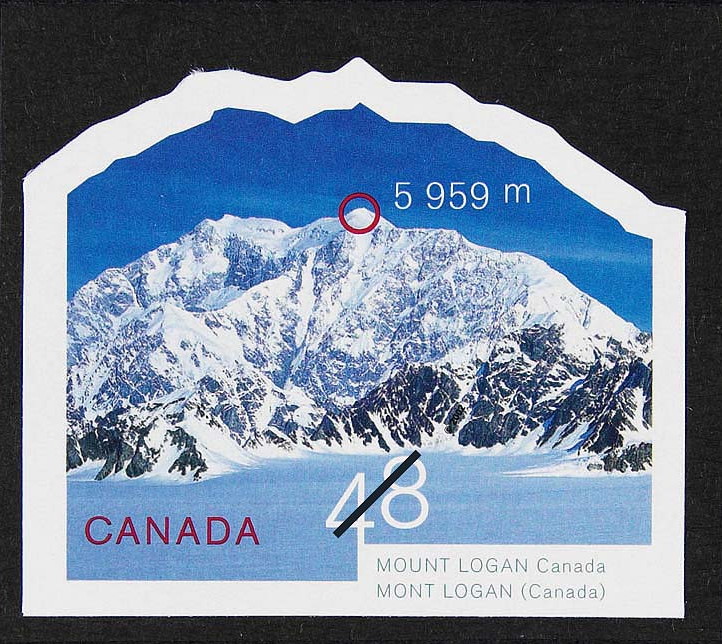Mapping Each Eyeful
On April 20, 1798, geologist William Edmond Logan was born in Montreal. He began assessing coal suppliers for an uncle’s copper plant in Wales. Logan became involved in mapping out coal resources nearby that were so accurate, that the Geological Survey of Great Britain adopted them! Logan learned rapidly as he worked. He observed and studied rock structures everywhere he travelled. He became a fine geologist and canny assessor of land formations and what likely lay beneath them.
To the Geological Society of London, Logan presented his concept of how coal formed in place in its present locations. He had found and identified species of vascular plants, once tropical swamp forests of the Carboniferous period, transformed over millennia by layers of marine sediments, heat and pressure into the coal deposits of northern Europe, Asia, and North America.
Logan returned to his birthplace as a government geologist, soon becoming Canada’s foremost geologist of the 19th Century. He established and directed the Geological Survey of Canada – Canada’s oldest scientific agency and one of its first government organizations. He crisscrossed the country observing and assessing soils, water, mineral deposits – adding detail about fauna and flora, especially useful forest species. Logan produced a carefully mapped inventory of natural resources of its vast, mostly uncharted landmass before Canada was formally a country! Little missed his eye.
The details of the thousands of miles Logan walked and canoed are impossible to imagine. What did it take? How many pairs of hiking/work boots? How many readings taken with finicky 19th century instruments? How many hundreds of thousands of mathematical calculations with pencil and paper? How many geographical, weather, and zoological obstacles overcome?
Among honours Logan received were a knighthood from Queen Victoria and the Wollaston Medal from the Geological Society of London for his substantial body of research in geology. The Geological Association of Canada awards the Logan Medal annually as its highest award to an individual for sustained distinguished achievement in Canadian earth science.
Mount Logan, the highest mountain in Canada, was named in his honour. Located within Kluane National Park and Reserve, Mount Logan is the source of the Hubbard and Logan Glaciers. Mount Logan is still rising in elevation because of active tectonic uplifting and is believed to have the largest base circumference of any non-volcanic mountain on Earth. A mountain of energy befitting its namesake!

B Bondar / Real World Content Advantage